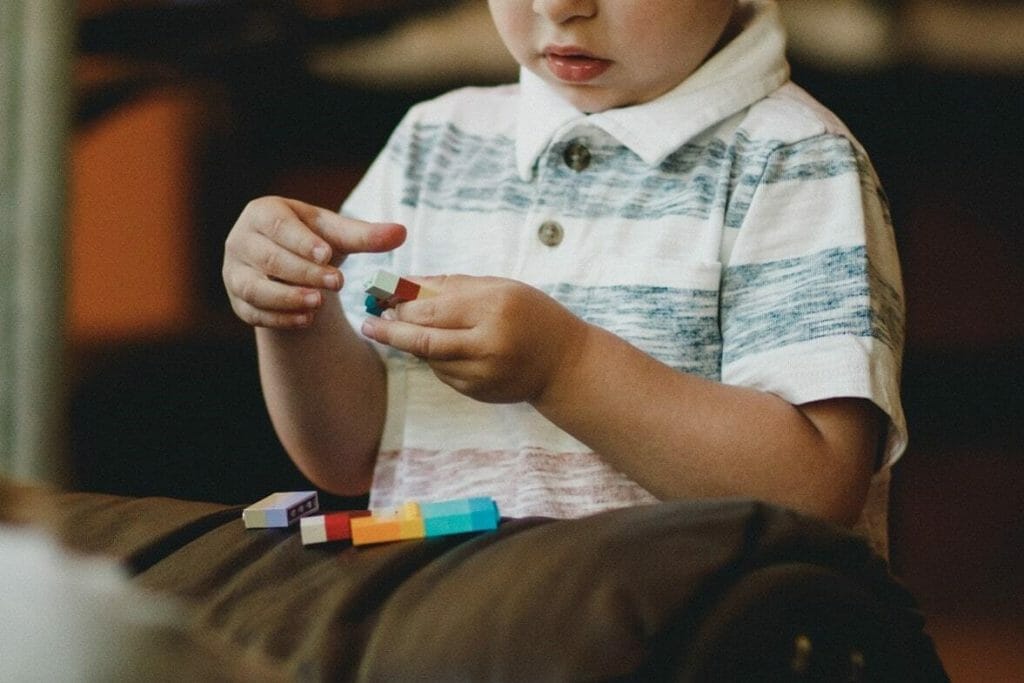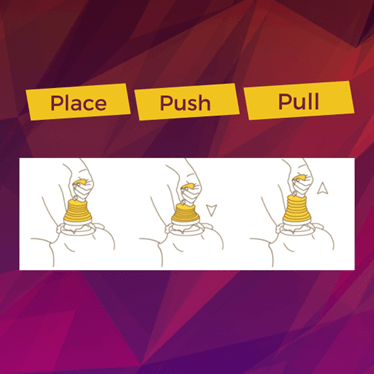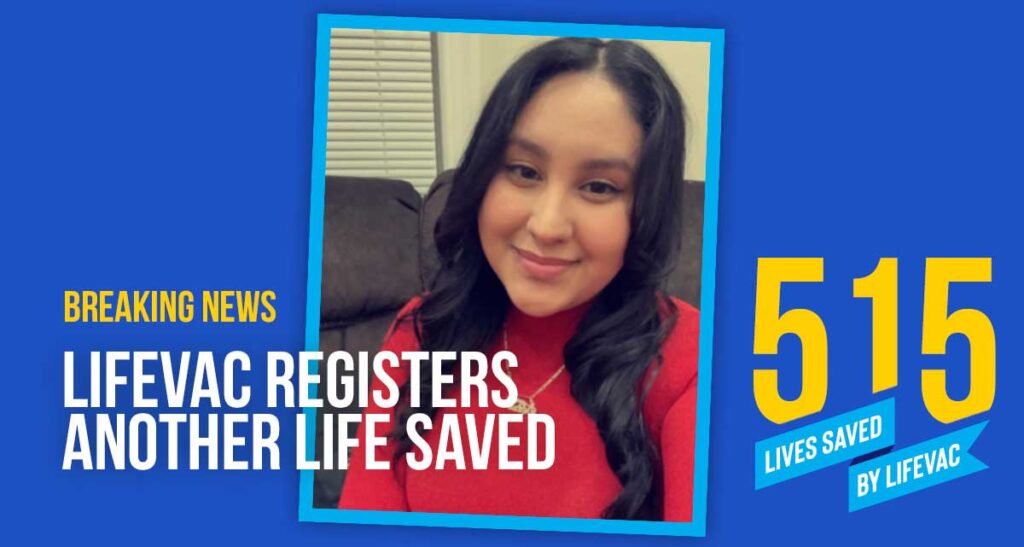While children discover the world, they are curious to taste new foods, play with toys and search for objects that pique their interest around the house. But what they put in their mouth, especially if they are not supervised, can become a choking hazard.
That’s why we need to be aware of any choking risks within the environment our children play and eat, as well as to know exactly how to react in case of a choking incident.

Tips to prevent choking incidents in children
Supervise them
First and foremost, it is important to supervise children while they play, but especially while they eat. If we notice that they take large bites, we should explain that it is safer to eat more slowly and chew the food well so it can be swallowed easily.
Besides, according to the World Health Organization (WHO), 60% of choking incidents in children are caused by food-related hazards, in the European Union.
Hide small objects
Objects like coins, buttons, latex balloons, small batteries, hair barrettes and beads, pen and marker caps, tiny toys and marbles pose a high-risk hazard and can lead to a choking incident, according to the American Pediatric Academy.
Cut food into small pieces
It’s always a good idea to cut food into smaller pieces for children. This makes it easier for them to chew and swallow. Especially if they still learn how to chew, it’s safer to cut their food into pea-sized pieces.
Have them sit upright while eating
Make sure your child sits in an upright position while eating. It is also very important to teach them that while we eat we don’t walk or run and we don’t speak with a full mouth.
How to save your child in a choking incident
No matter how precautious we are, we should be prepared in case of a choking incident and act fast, as time is everything in such situations.
Follow standard choking protocol
First of all, we should follow the standard choking protocol. The standard choking protocol for adults and children over one-year-old involves performing the Heimlich maneuver, which involves standing behind the person and applying upward pressure on the abdomen to dislodge the obstructing object. For infants under one-year-old, back blows and chest thrusts are recommended.
Call 112
If the obstruction of the airway is complete and the child cannot breathe, you should call 112, which is the international emergency number.
Use LifeVac
If the Heimlich maneuver doesn’t work, immediately after you make the call use the anti-choking rescue device, LifeVac.
What is LifeVac?
LifeVac is a non-powered single-patient portable suction device developed for clearing an upper airway, intended to be used in choking emergencies. LifeVac is FDA Registered, MHRA Registered as a class 1 medical device and CE marked.
This medical device has been tested successfully and has already saved more than 669 lives.
How to use LifeVac?
You don’t need to be a healthcare professional to save a life with LifeVac, as it is designed to be used by anyone, and even ourselves. It removes obstruction from the airway of the victim quickly and easily, in 3 moves, as you can see in the image below:

The negative pressure generated by the force of the suction is 3 times greater than the highest recorded abdominal thrusts. LifeVac generates over 300 mmHg of suction. The duration of suction is minimal, so LifeVac is safe and effective. No prescription is required.
It’s a completely safe device, as it doesn’t insert anything into the victim’s airway and doesn’t create any dangerous positive pressure. In order to learn everything about this miracle medical device that saves lives every day, click here to contact us!



